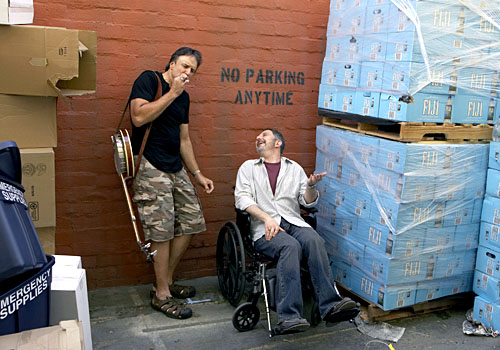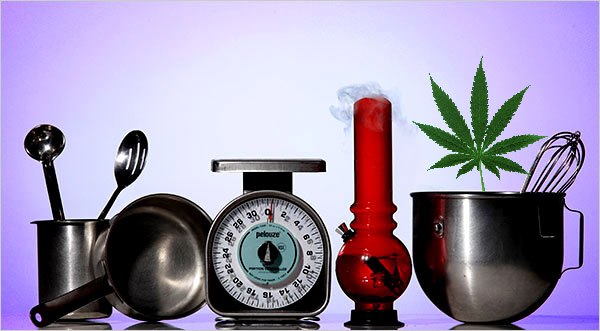Hollywood’s recent rash of stoner films and the stereotypes they perpetuate.

Seth Rogen recently commented on his use of cannabis, assenting to be Hollywood’s biggest stoner after some prodding of the interviewer. Ignoring whatever metric someone uses to determine such a title, the Green Hornet celebrates his crown under the eaves of an industry that derives significant revenue from the exploitation of cannabis. By crowning himself the “biggest stoner” of Hollywood, Rogen unwittingly confesses to his role of Hollywood’s biggest extortionist (via his beloved herb). Cannabis’ role in Hollywood isn’t a condoning of the herb, but a sensationalized and heavily stereotyped novelty item that’s manipulated to fill executive coffers.
The exploitation of cannabis by Hollywood operates through a kink in the loop between cannabis users and on-screen partakers. Screen users aren’t simulacra of cannabis culture writ large, but an overt distortion. The loop itself is a distortion, a preying upon the popularity of cannabis while compartmentalizing the culture into farce. Hollywood practices and perpetuates a caricature of cannabis for the delight of moviegoers and ultimately, to rake in box office sales at the personal expense of the everyday herbalist.

The Bechdel test (made famous during 2011 Oscars): A film must have two women (with names) in it who talk to each other about something besides a man. If the film meets these criteria, it passes the test. Bechdel isn’t a flawless application, but it does make a case against female tokenism on the big screen. Switch the female out for a weed enthusiast (Weedist! Just got it!). Does the film have two weed enthusiasts (with names) in it who talk to each other about something besides cannabis? Not likely. Weedists suffer the same tokenism in Hollywood productions as other cultures outside the male, Judeo-Christian frame. Those shown using cannabis on film become defined by cannabis (much like defining actresses by their relationships with men or minority actors by their skin color), as opposed to cannabis being part of life’s white noise.

Hollywood remains predominantly neutral on the cannabis prohibition while profiting shamelessly off of marijuana’s marginalization. As more and more “stoner” films are released nationwide, cannabis culture is reduced to pop culture friendly Hollywood stereotypes. And for those who enjoy cannabis and lead successful lives, handcuffing their essence to the herb they enjoy, pigeon-holing themselves as a stoner/slacker stereotype (with regards from Hollywood), is undesirable.
As the public progresses, so does cinematography. The majority of the American public awaits the day their government relents and legalizes adult cannabis use and Hollywood should follow suit. To put it more succinctly:
“Think of how cinematic portrayals of African Americans and homosexuals have changed over the years. That evolution has gone a long way toward making American society more tolerant and open. I’d like to encourage filmmakers to break with the stoner stereotype and portray cannabis smokers as the energetic, visionary, creative individuals they are in real life, even if this does cause some couches to have to take jobs on basic cable.” – Mark Haskell Smith









